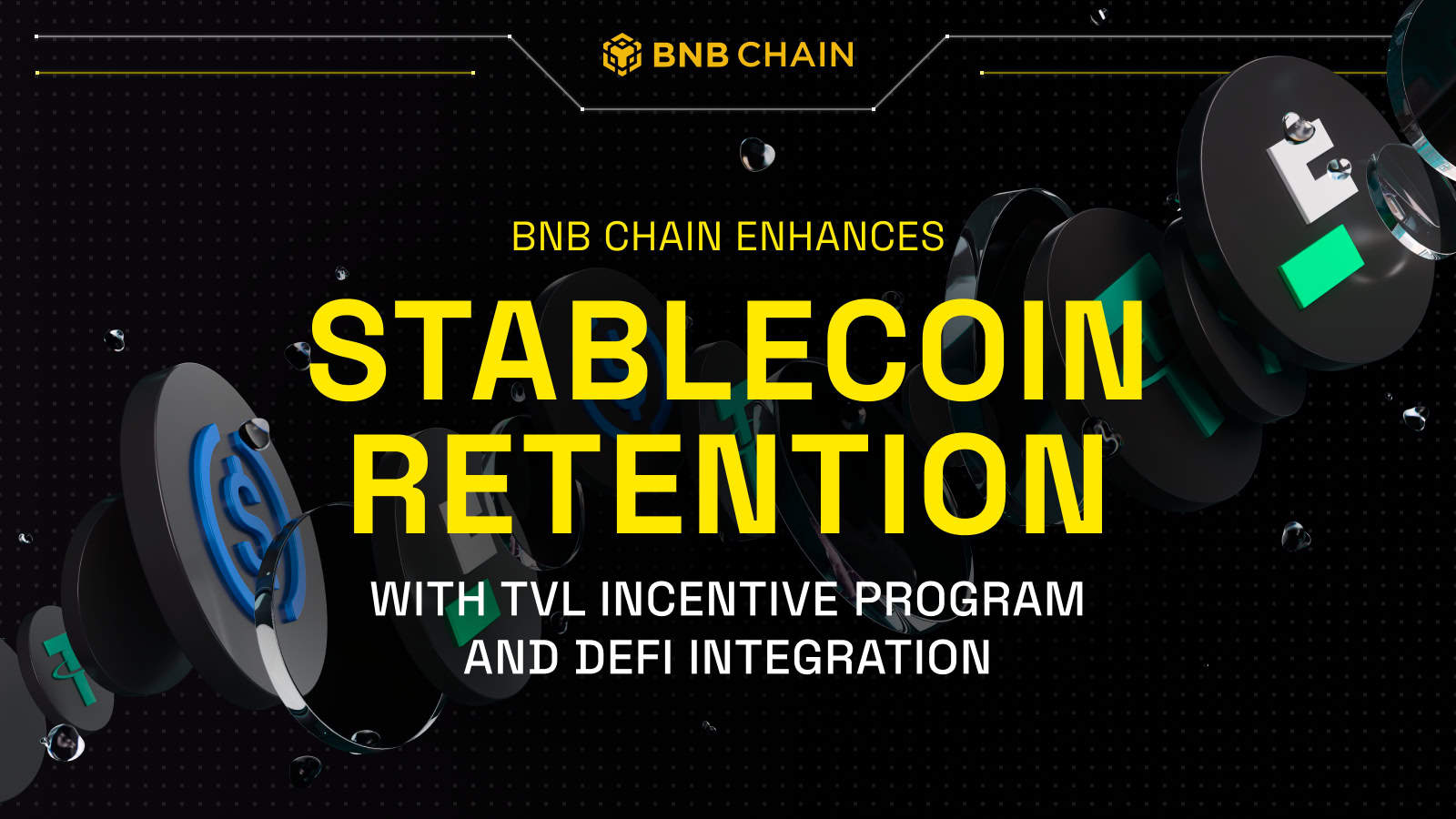ARTICLE AD BOX
Jessie A Ellis Oct 29, 2024 05:04
NVIDIA is advancing AI capabilities by developing RAG-based question-and-answer LLM workflows, offering insights into system architecture and performance improvements.

NVIDIA is pioneering advancements in AI technology by developing retrieval augmented generation (RAG)-based workflows for question-and-answer large language models (LLMs). This initiative aims to enhance system architectures and improve alignment between system capabilities and user expectations, according to NVIDIA.
RAG-Based Workflows Revolutionizing AI
The rapid development of RAG-based solutions is transforming how AI interacts with users, particularly in executing tasks beyond traditional scopes, such as document translation and code writing. NVIDIA's approach allows for efficient execution of these tasks while minimizing latency and token usage.
To address user demand for web search and summarization capabilities, NVIDIA integrated Perplexity’s search API, enhancing the versatility of its applications. The company has shared a basic architecture for these solutions, showcasing a chat application capable of handling a wide range of questions.
Leveraging NVIDIA NIM Microservices
NVIDIA's project utilizes NIM microservices to deploy several models efficiently, including the deployment of the llama-3.1-70b-instruct model. This deployment is facilitated by NVIDIA’s A100-equipped nodes, ensuring minimal latency and high availability, even without dedicated machine learning engineers.
By using NVIDIA's APIs, developers can easily integrate these services into their projects, as detailed in the NVIDIA blog.
Innovative Use of LlamaIndex and Chainlit
NVIDIA's development also highlights the use of LlamaIndex’s Workflow events, which offer an event-driven, step-based approach to managing an application’s execution flow. This integration simplifies the process of extending applications while retaining essential functionalities like vector stores and retrievers.
Chainlit, another integral part of the system, provides a user-friendly interface with features such as progress indicators and step summaries, enhancing the user experience. Its support for enterprise authentication and data management further solidifies its role in NVIDIA’s workflow architecture.
Project Deployment and Enhancements
Developers interested in deploying similar projects can access NVIDIA's resources on GitHub and follow detailed instructions to set up the environment and dependencies. The architecture supports multimodal ingestion and user chat history, with potential for further enhancements like RAG reranking and error handling.
Opportunities for Innovation
NVIDIA encourages innovation through the NVIDIA and LlamaIndex Developer Contest, inviting developers to create AI-powered solutions using these technologies. Participants have the chance to win exciting prizes, including NVIDIA GPUs and development credits.
For those looking to delve deeper into these advancements, NVIDIA provides extensive documentation and examples, fostering a community of innovation and collaboration in the field of AI.
Image source: Shutterstock









 English (US) ·
English (US) ·